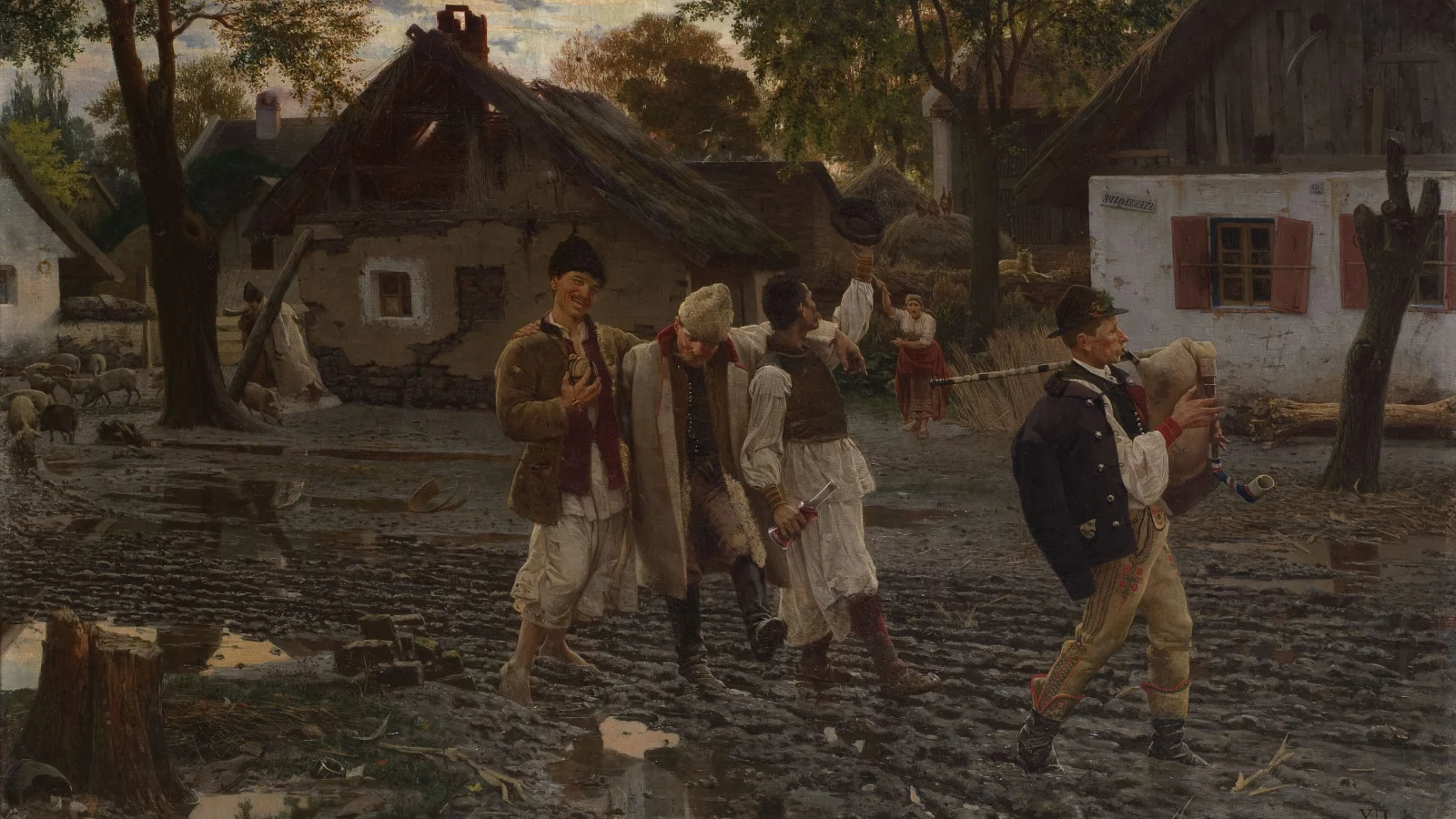Freedom strikes like lightning. A key turns in darkness and someone whispers "this way" through prison bars. Your players lean forward across the gaming table because they're experiencing something powerful. Rescue missions work because they tap into universal human experiences. We've all needed help at some point and we've all wanted to be heroes for others. Best of all, these scenarios create pressure where every decision matters.
Beyond a Simple Rescue
The most compelling rescue scenarios start simple but quickly reveal hidden complexities. Most rescue missions begin with familiar elements. First, criminals capture someone important. Next, a benefactor offers payment for their return. Finally, the obvious path seems clear: find the target, defeat the guards, then collect the reward.
Unfortunately, reality rarely cooperates with simple plans. For instance, consider this twist: the "victim" orchestrated their own kidnapping. They've discovered their guardian's dark secrets and needed a way to disappear safely. Consequently, the straightforward rescue becomes a complex moral puzzle.
The criminals might actually be former employees seeking justice for unpaid wages and the ransom demand could be hiding deeper motivations. As a result, each complication transforms a basic mission into something truly memorable.
Understanding Power Dynamics
Effective rescue scenarios flows in unexpected directions. The obvious power structures often mask the real relationships underneath. Understanding these hidden dynamics becomes crucial for both players and gamemasters (GMs).
For example, take a corporate extraction mission. Initially, the kidnapped executive appears powerless in their cell. However, they're secretly recording everything their captors say; this intelligence becomes their most powerful weapon. Meanwhile, the corporation hiring the rescue team might be more desperate than they initially admit.
Similarly, the guards holding prisoners aren't always the strongest players in the game. Instead, they follow orders from unseen bosses while protecting their own families. These pressures create opportunities for clever negotiation instead of brute force approaches.
Power shifts constantly throughout these adventures. Players who recognize these changes can exploit them strategically. For instance, they might discover that freeing the wrong person destabilizes an entire criminal network or they could learn that their employer has been lying about the target's true importance.
Lorem ipsum
Creating Living Environments of Rescue
Prison scenarios should be dynamic ecosystems, not static obstacle courses. Guards naturally develop routines based on their personalities and circumstances, they may also take breaks at predictable times while forming friendships with certain prisoners. It is precisely these human that details create natural opportunities for infiltration.
For example, one guard always brings coffee to his partner at 2 AM and another hums while walking her patrol route. Meanwhile, the warden increases security checks when he's worried about performance reviews. Notably, none of these are complex systems, but they all create exploitable patterns for observant players.
Environmental storytelling enhances this atmosphere. Scratched messages on cell walls reveal prisoner communications. Worn paths show where guards walk most frequently. Furthermore, kitchen delivery schedules create brief but crucial security gaps. These details emerge when you ask: "How do real people interact with this place?"
Think about servant gossip in a noble's mansion. Staff members bend small rules out of boredom or sympathy. They also know which floorboards creak and which doors stick. Consequently, this accumulated knowledge becomes a valuable resource.
Moral Complexity in Action
Rescue missions force players to confront difficult ethical choices. The straightforward goal of "save the innocent" becomes complicated when resources are limited and time is running out: players must decide who to save and at what cost.
For instance, consider the captured whistleblower whose testimony could expose government corruption. Initially, rescuing them might prevent an unjust execution, but it could also trigger a devastating war between opposing factions. Therefore, players must carefully weigh individual life against broader consequences.
These moral dilemmas become more impactful when players face immediate consequences. The faction they anger today inevitably becomes tomorrow's enemy. The person they couldn't save leaves a lasting mark on the campaign world. Ultimately, actions have weight because results persist throughout the story.
Moreover, the method of rescue matters as much as the outcome itself. Explosive violence might succeed but harm innocent bystanders in the process. Alternatively, quiet infiltration might leave evidence of wrongdoing buried forever. As a result, each approach reflects the team's core values in action.
The Captive's Perspective
Traditional rescue scenarios wrongly treat prisoners as passive objects rather than active participants. Real people in desperate situations develop complex relationships with their circumstances. They form unexpected connections with guards while discovering valuable information. Surprisingly, they might even actively resist rescue attempts.
For example, imagine a diplomat who has spent months converting her captors into potential allies. Unfortunately, your players' violent rescue destroys the trust she has carefully built over time. Alternatively, consider a spy who has gathered crucial intelligence during imprisonment, but he needs three more days to complete his mission.
Some prisoners might genuinely believe their captivity serves a higher purpose. A religious zealot could view imprisonment as divine testing and they actively fight against would-be rescuers who don't understand their beliefs. These complications transform simple extractions into nuanced conversations about freedom and personal choice.
Implementing These Concepts
Complex scenarios only work effectively if they enhance rather than overwhelm. Reveal information through action instead of lengthy exposition and let discoveries emerge naturally from player choices and investigation.
For instance, when players infiltrate the bandit camp, they find ledgers revealing the merchant's crimes against his former employees. Similarly, when they hack corporate databases, they uncover footage showing their target surrendering voluntarily. These revelations feel earned because players worked actively to discover them.
Match complexity to your campaign's specific needs and player preferences. Time-pressure scenarios work best with straightforward motivations and tactical challenges. Meanwhile, investigation-heavy games benefit from layered mysteries players can unravel gradually. Additionally, character-driven campaigns should focus on relationships and emotional consequences rather than complex plots.
Conclusion
Rescue scenarios work effectively because they compress the essence of heroic adventure into focused, high-stakes situations. They test tactics, morals, and problem-solving skills simultaneously. When designed thoughtfully, they create the kind of gaming moments that define entire campaigns and lasting friendships.
Use these principles as starting points rather than rigid rules. Every gaming table has different needs and preferences based on their players' backgrounds. Therefore, your job is to create rescue scenarios that serve your specific players and ongoing story.
Remember that the best rescue isn't always the "successful one." Sometimes the most memorable adventures come from difficult choices and unexpected consequences. Build scenarios that give your players meaningful decisions, then trust them to create amazing stories from whatever happens next.




